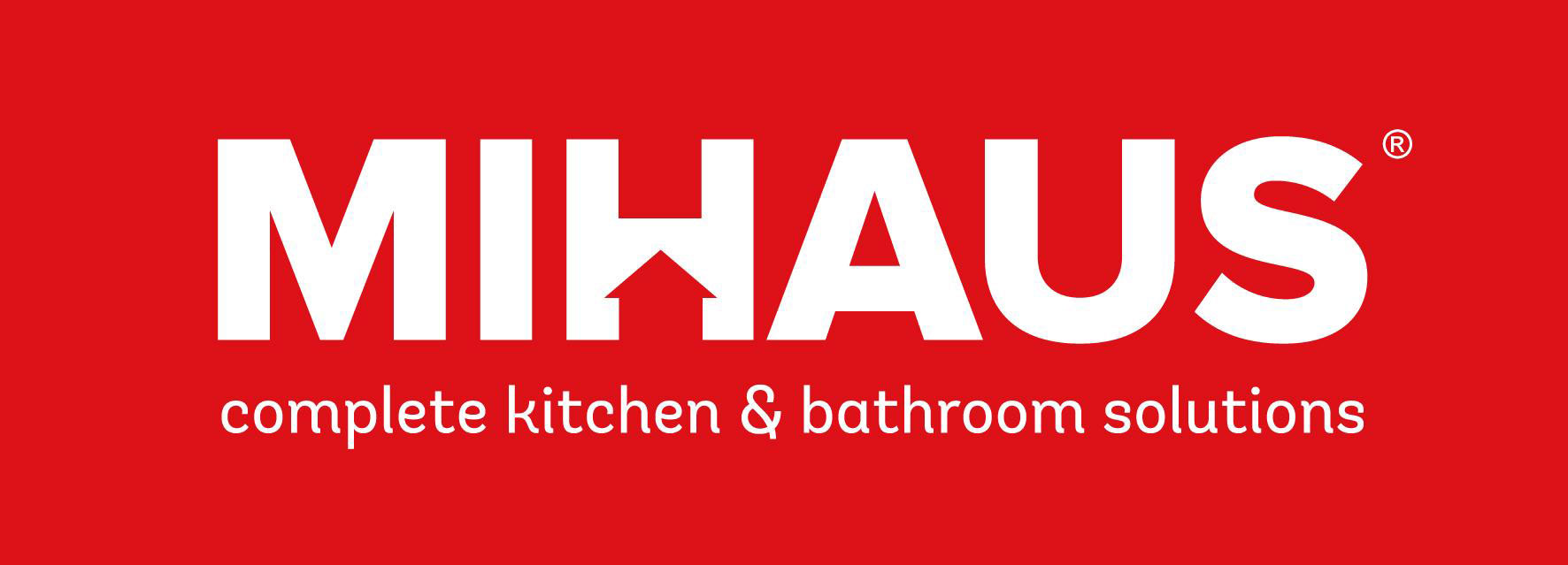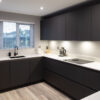
Wine Coolers are quickly becoming a must have appliance here in the UK, once thought of as a luxury item they are now being used as design features in new kitchen designs. Wine coolers are practical and save space inside your fridge/freezer – they are great addition to any modern kitchen and are now available in a vast array of models to cater for the space you have available, storage capacity and of course, how you plan to use the wine cooler. Some people will be avid collectors who require the ideal storage conditions for their wine to protect it and ensure their investment will develop as it should, some may just be purchasing because their friends have one and it saves space in their fridge.
So, what type of wine coolers are available on the market today?
Integrated wine cooler
This type of wine cooler is the newest and one of the most commonly used types of wine coolers in new kitchen designs as they fit neatly into kitchen cabinets and can be placed at eye level, below, above or alongside other integrated appliances like coffee machines and ovens. This type of wine cooler is available in a variety of sizes but all will be installed within a 600mm wide tower unit or some of the newest units are self-ventilating so can actually be installed under counter, you will find units like this from Dunavox.
Integrated units will give your kitchen a premium feel with the smooth lines continuing around the kitchen. This type of unit is often mistaken for ‘built in wine coolers’ which we will address shortly, they are very similar in design however the way they are installed is completely different. An integrated unit will sit inside a housing, usually at eye level so it can be a real focal point of the kitchen. They do have very specific installation requirements which is were built in wine coolers and integrated wine coolers also differ.
An integrated unit, usually will not have its own ventilation system which means we will have to create the necessary air flow for them. This means that they require a vent in the plinth and should be open at the back of the wine cooler to ensure the cool air can rise up to the back of the unit to cool the compressor. There should be a gap at the back of the tower unit which allows the warm air expelled by the cooling system to rise up and out of the top of the units, an example of the ventilation required can be found here.
Built in Wine Coolers
A built in wine cooler is designed to sit on the floor and can often be misinterpreted as a freestanding unit, this type of wine cooler is suitable to have kitchen cabinets built around the unit with only a few millimetres of ventilation space around the sides as they will have their own in built ventilation system to cool the compressor. On the underside of the wine cooler there will be a vent which hides either one or two fans which bring in the cool air and remove the warm air around the compressor – therefore allowing the unit to cool correctly.
This type of wine cooler generally come in standard sizes as most are installed under a counter-top so the depth is generally 560-570mm and the height is usually 820mm as the height of the door then matches the standard kitchen door height here in the UK. The width of the built-in models are usually: 150mm, 300mm, 400mm 500mm and 600mm however if you are looking for taller models they can go as wide as 655mm.
You will find this type of wine cooler are the easiest to install in a kitchen, in particular an existing kitchen as it just a matter of removing the carcass. There is a vast array of unit available in a variety of colours such as; white, black, stainless steel and gun metal – as well as being available in single, dual and even three temperature zones for some of the taller models mentioned earlier.
Its very important when installing this type of unit that the grille on the wine cooler is not blocked by the plinth, if you do choose to run a plinth in front of the wine cooler – ensure that a vent is installed in the plinth and the wine coolers removable grille is taken off to allow free movement of air. If the grille is blocked, the wine cooler will struggle to cool and may lead to other issues further down the line.
Freestanding Wine Coolers
A freestanding unit is just like a traditional fridge freezer for home use, designed specifically for the storage of wine they will usually feature wooden shelves, a charcoal filter and either a solid or glass door which is UV treated. Their installation requirements are that of a normal fridge freezer and there should be at least a 2-3 inch gap left around the sides of the unit and it shouldn’t be installed within a carcass as it wont be able to ventilate properly.
There is a vast array of freestanding units, whether it’s a small table top unit for 16 bottles or a storage unit specifically designed for the long-term ageing of wine – there are many options. Generally these won’t be incorporated as part of the kitchen design and will usually be sourced separately from a kitchen design – there are many retailers available to purchase from in the UK such as Elite Wine Refrigeration who we have collaborated with to bring you this article.
Wine storage is definitely an up and coming trend and we are incorporating wine coolers into our designs more and more. If you have any questions on wine storage or the different types of wine cooler available – please do not hesitate to get in touch.








